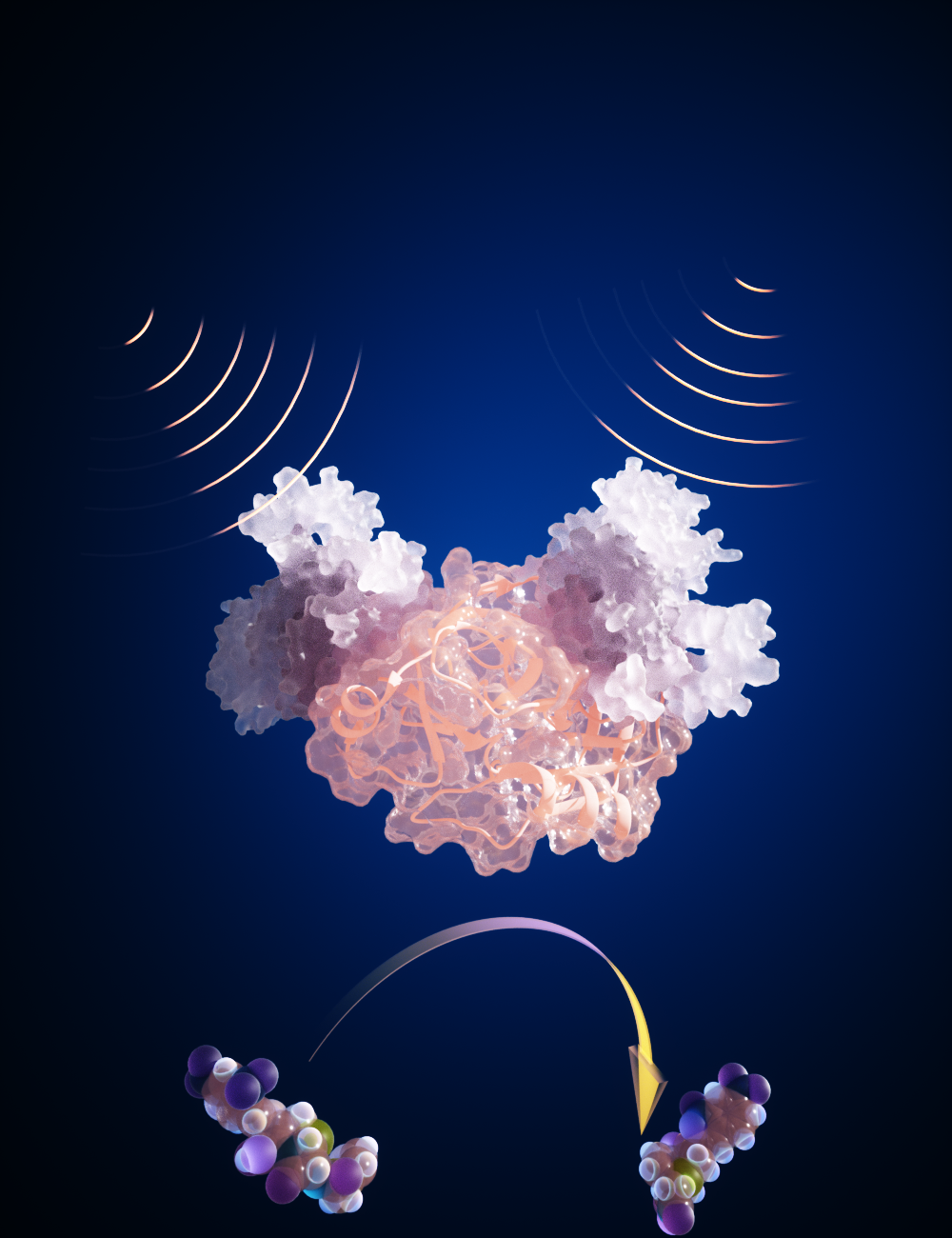Media release
From:
Australian synthetic biologists have developed a prototype for an innovative biosensor that can detect rare earth elements and be modified for a range of other applications.
Lanthanides (Lns) are elements used in electronics, electric motors, and batteries. The problem is that we can't extract enough of them to meet the growing demand and current extraction methods are expensive and environmentally damaging.
Prof Kirill Alexandrov and colleagues from at the ARC Centre of Excellence in Synthetic Biology at the Queensland University of Technology engineered proteins to create molecular nanomachines that generate easily detectable signals when they selectively bind to Lns
Publishing their findings in Angewandte Chemie International, the team describe engineering a hybrid protein, or "chimera," by combining a lanthanide-binding protein, LanM, with an antibiotic degrading enzyme called beta-lactamase.
This hybrid acts like a "switch" that becomes active only when lanthanides are present. It can be used to detect and quantify Lns in liquids, producing a visible colour change or an electrical signal.
Impressively, bacteria modified with these chimeras were able to survive in the presence of antibiotics that otherwise would kill them —but only when lanthanides were present. This highlights how precisely the proteins respond to these rare metals.
‘This work opens up exciting possibilities for using biology to detect and recover rare earth metals,’ says Professor Alexandrov. ‘The prototype can also be modified for various biotechnological applications, including construction of living organisms capable of detecting and extracting valuable metals.’
The research team now plan to work on increasing the specificity of the molecular switch to better differentiate between closely related rare earth elements . It also explores the possibility of developing switches for other critical elements. The team is in active discussions with potential industry partners who are interested in this technology.
‘We also want to explore using the tool to engineer microbes that can directly extract rare earth minerals from ocean water,’ says Prof Alexandrov.
‘This is probably one of the best performing switches made and has given us a lot of insight into the mechanics of protein switches.’
https://doi.org/10.1002/anie.202411584
What are biosensors?



 Australia; QLD; ACT
Australia; QLD; ACT



